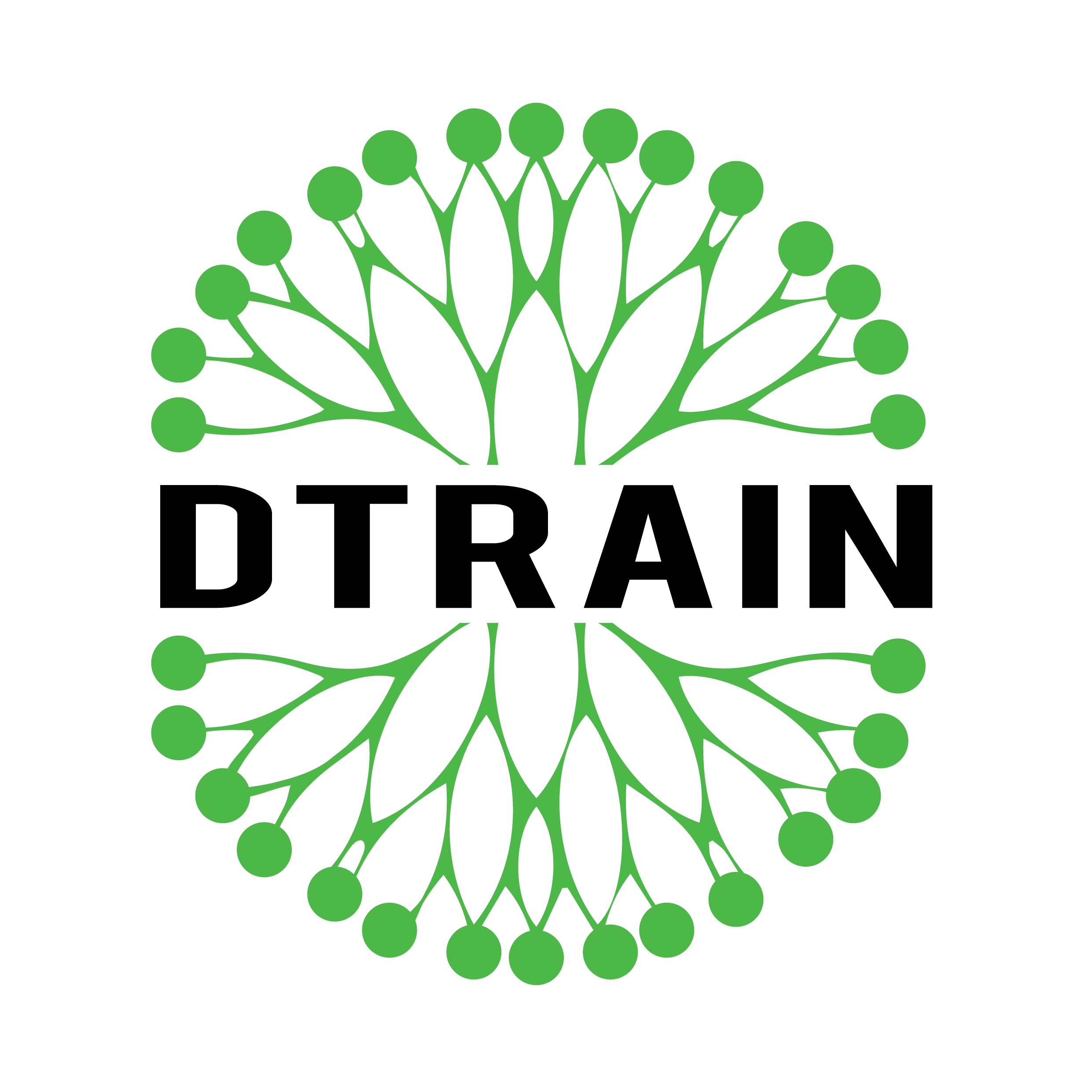
“The farms and factories in the agri-food sector, must implement disruptive innovation and smart technology applications in a human center approach, move very fast embracing the fourth industrial revolution opportunities”
Design Thinking is the core of disruptive innovation.
The Design is changing the manner in which a company or a leading organization makes value. The focus of innovation has moved from engineering-driven to design-driven, from product-driven to client-driven, and from marketing-focused to user-experience-focused. When design thinking principles are applied to innovation and strategy, the success rate for innovation significantly improves.
The difference between what is called incremental and disrupting innovation, is the culture that you develop within your organisation and the people working within the organisation when they basically want to take up the challenge. An incremental innovation examples focuses on cost or feature improvements in existing products or services. A disruptive innovation example is one that creates a dramatic change that transforms existing markets or industries, or even creates new ones, by introducing groundbreaking new products.
A design thinking approach turns traditional innovation on its head. It starts by evaluating what customers want as opposed to developing a new product and then trying to sell it. And it works.
Design thinking mind set principles
In the past months, ECTE and LDI Berlin partners in DTraIN project have worked for developing among others the pre-steps module of the Design thinking course. Breaking out the conventional mind-set is the outmost for having effective results. By marrying deep customer insights with an understanding of shifting technology and market forces, they can reimagine how they interact with customers, effectively putting themselves in their customers shoes and the customer journey at the center of the design process. They don’t focus on what product or service they want to develop, but on solutions they can create to solve customer problems or ease pain points. As a mindset, Design Thinking is characterized by several key principles:
-Innovation is made by humans for Humans.
-Use of a combination of divergent and convergent thinking.
-Fail often and early” facilitates human learning. -Design Thinking is based on experimentation with many new ideas.
-Build prototypes that can be experienced.
-Test early with customers that is closely related with prior principles.
-Design never ends, meaning that work must proceed iteratively in cycles, and finally,
-Design Thinking needs a special place. To conduct Design Thinking projects successfully, special spaces are required: designed according to the teams’ needs and equipped with the right materials.


